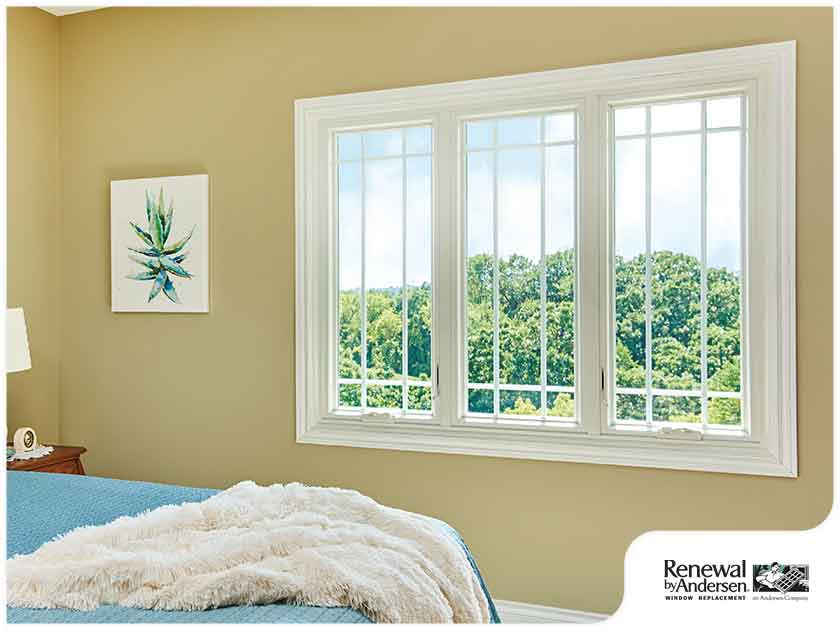

Many homeowners today still consider vinyl as the main window material to use when it comes time to replace their old windows. Vinyl is polyvinyl chloride (PVC). It’s a plastic used in many industries and applications, including homes. You can find vinyl in windows, doors, siding, fences and many other home improvement applications.
However, vinyl is still plastic, and plastic has some limitations that might make its use as a window material a less than stellar idea. If you’re in the market for a window replacement, don’t buy vinyl windows until you’ve read about these common problems with this material.
Vinyl isn’t a good option for your windows if you live in an area that experiences extremely hot summers. Vinyl windows have been known to melt and warp under the heat of the sun. When a vinyl window warps, it will not return to its original state even when it cools down. Warping destroys your window’s aesthetics, functionality and energy efficiency, so your investment goes down the drain.
Vinyl expands when it’s hot and contracts when it’s cold. If you live in a place with extreme differences in temperature, that expand-and-contract cycle will break your window’s seals, destroying its energy efficiency and affecting its looks. While vinyl is waterproof, if the seals are broken, water will still find its way into your home.
Vinyl frames have to be thick because making them thinner also makes them weaker. If you’re replacing windows with big glass areas with vinyl ones, you’ll be giving up plenty of that glass, which means you’re sacrificing large views.
Vinyl, despite these limitations, does have some good qualities if it’s intact, such as waterproofing and energy efficiency. These strengths are present in a composite material developed by the Andersen® Corporation and manufactured and installed by Renewal by Andersen®, and it’s called Fibrex®. It’s one of the best options if you’re getting a window replacement today.
Fibrex is composed of 40% recycled Ponderosa pine wood fibers and 60% PVC by weight. Renewal by Andersen takes wood fibers from Andersen’s wood window manufacturing facilities so Fibrex is also a way of recycling the scrap wood that would otherwise go to waste.
The best way to explain the advantage of using Fibrex as a window frame material is this: it takes all of the strengths of wood and vinyl, and eliminates all of their weaknesses. The result is beautiful, reliable windows with thinner yet stronger frames and wider glass areas.
Renewal by Andersen will make sure you’re happy with your windows replacement. Get in touch with us today, and see how Fibrex and our energy-efficient glass options can make a difference. Call Renewal by Andersen of San Francisco at (866) 609-5033, or request your estimate here. We look forward to working with you in San Francisco.